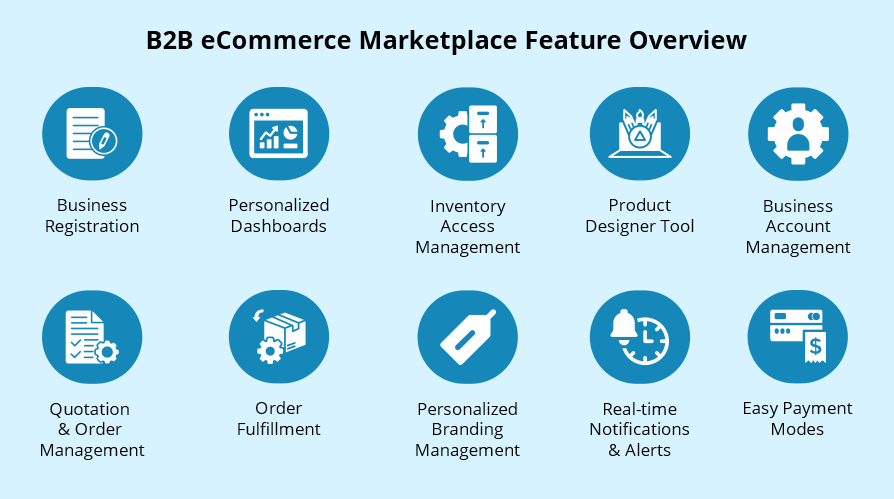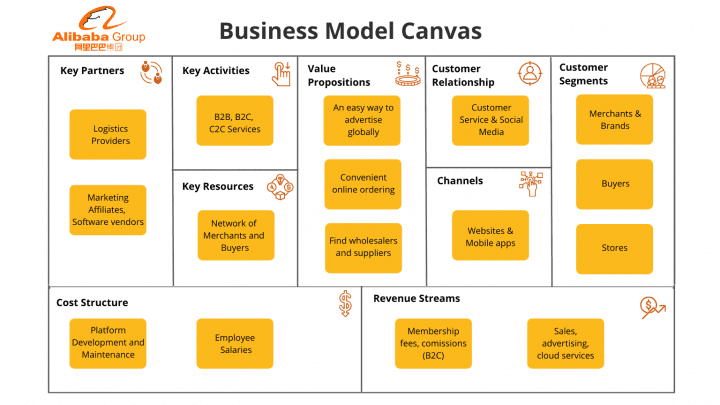Alibaba Group has a distinctive business-to-business (B2B) approach, operating on a platform-based business model that functions as a wholesale marketplace. Unlike Amazon, Alibaba doesn’t sell products directly but acts as a bridge between buyers and sellers. Its platforms, such as Alibaba.com and Taobao, enable global suppliers and businesses to connect with a massive audience, primarily in Asia.
- B2B Trade: Alibaba’s model is centered around B2B transactions, catering to businesses seeking to purchase products in bulk at competitive prices.

- Revenue Streams: The company primarily earns through advertising fees, transaction commissions, and cloud computing services.
Amazon’s Direct-to-Consumer Model
Amazon’s business model is a hybrid of e-commerce platform and direct sales. Unlike Alibaba, Amazon sells its own products alongside third-party sellers on its platform.
- Marketplace and Direct Sales: Amazon’s marketplace facilitates third-party sellers while also leveraging its own inventory.
- Subscription Revenue Streams: Amazon Prime is a significant source of revenue, combining delivery benefits with exclusive content.
Revenue Streams: How Do They Make Money?
Alibaba’s Diverse Revenue Streams
Alibaba Group’s revenue comes from:
- Advertising and Commissions: Sellers pay to advertise and list their products, contributing to Alibaba’s substantial ad revenue.
- Cloud Computing: Alibaba Cloud is a leader in the sector, providing scaleless cloud solutions to businesses worldwide.
- Transaction Fees: Platforms like Tmall and Taobao earn through commissions on successful sales.
Amazon’s Multi-Faceted Revenue Model
Amazon’s Multi-Faceted Revenue Model encompasses diverse income streams, including e-commerce sales, cloud computing services via AWS, subscription fees like Prime, and advertising. Amazon’s revenue streams include:
- Product Sales: Both direct sales and commissions from third-party sellers.
- Amazon Web Services (AWS): The crown jewel of Amazon’s profitability, AWS dominates the cloud computing market globally.
- Subscription Services: Prime memberships and digital services such as Kindle and Audible.
The Role of Logistics in Success
Ali baba Asset-Light Model
Ali baba takes an asset-light approach, relying on a network of third-party logistics providers to manage deliveries. This minimizes overhead costs and allows scalability without investing heavily in infrastructure.
- Benefits: Low operational costs and flexibility in working with various global suppliers.
Amazon’s Logistics Dominance
Amazon, on the other hand, has heavily invested in its own logistics network, including warehouses, delivery fleets, and even drones.
- Advantages: Faster delivery through Prime and better control over the customer experience.
Amazon’s logistics strategy ensures same-day and next-day delivery, a benchmark that sets it apart from competitors.
- Advantages: Faster delivery through Prime and better control over the customer experience.
E-Commerce Platforms: User Experience and Reach
Ali baba E-commerce Platform for Businesses
Ali baba platforms, such as Baobab and T mall, are designed for different target audiences. Baobab focuses on consumer-to-consumer (C2C) interactions, while T mall caters to premium B2C businesses.

- Features: Robust tools for B2B trade and enhanced connectivity for global suppliers.
Amazon’s Customer-Concentric E-commerce Platform
Amazon’s customer-centric e-commerce platform focuses on delivering exceptional user experiences through personalized recommendations, seamless transactions, and efficient delivery services. Its emphasis on client satisfaction encourages repeat business and loyalty.
- Unique Selling Points: Personalized recommendations powered by AI and a vast selection across multiple categories.
Cloud Computing: A Key Differentiate
Ali baba Cloud: Asia’s Cloud Leader
Ali baba Cloud provides infrastructure for e-commerce businesses and beyond. Its focus on the Asian market has made it a leader in the region.
- Key Features: Saleable solutions tailored for small businesses and integration with Ali baba e-commerce platforms.
Amazon Web Services: Global Cloud Powerhouse
AWS is a significant contributor to Amazon’s profitability, offering a range of services from storage to machine learning.

- Benefits: Global reach and enterprise-grade solutions, along with a massive market share in cloud computing.
Challenges and Opportunities
Challenges for Ali baba
- International Expansion: Ali baba faces stiff competition in Western markets where Amazon dominates.
- Regulatory Issues: Operating across diverse jurisdictions poses legal and compliance challenges.
Challenges for Amazon
- Cost Management: Heavy investments in logistics and infrastructure can impact profitability.
- Global Competition: Competing with regional e-commerce giants in emerging markets is a continuous battle.
Opportunities for Both Giants
- Sustainability: Both companies are investing in eco-friendly solutions to address global concerns.
- AI Integration: Leveraging AI to improve logistics, user experience, and customer service.
Comparing Profit Plans

| Aspect | Ali baba | Amazon |
| Revenue Model | Commissions, ads, cloud services | Product sales, AWS, subscriptions |
| Logistics | Asset-light | In-house infrastructure |
| E-commerce Focus | B2B and C2C | B2C and direct-to-consumer |
| Cloud Computing | Ali baba Cloud | AWS |
Conclusion
The battle between Ali baba and Amazon showcases two distinct approaches to dominating the e-commerce industry. Ali baba thrives as a wholesale marketplace with an asset-light model, focusing on connecting global suppliers and businesses. Amazon, on the other hand, combines direct sales, a customer-concentric e-commerce platform, and logistics infrastructure to deliver unmatched convenience.
Both companies continue to innovate in cloud computing, logistics, and their respective e-commerce platforms, shaping the future of global trade. Understanding their business models offers valuable insights into the dynamics of the digital marketplace and the strategies driving the world’s biggest e-commerce giants. By analyzing these models, businesses can glean inspiration and identify growth opportunities in today’s ever-evolving digital economy.
